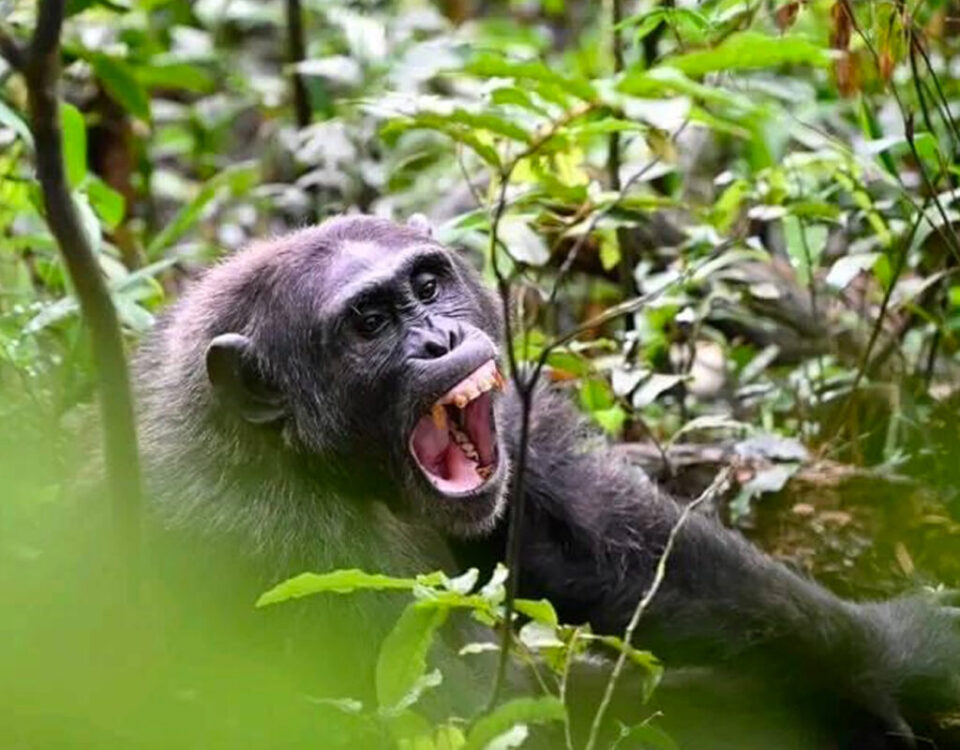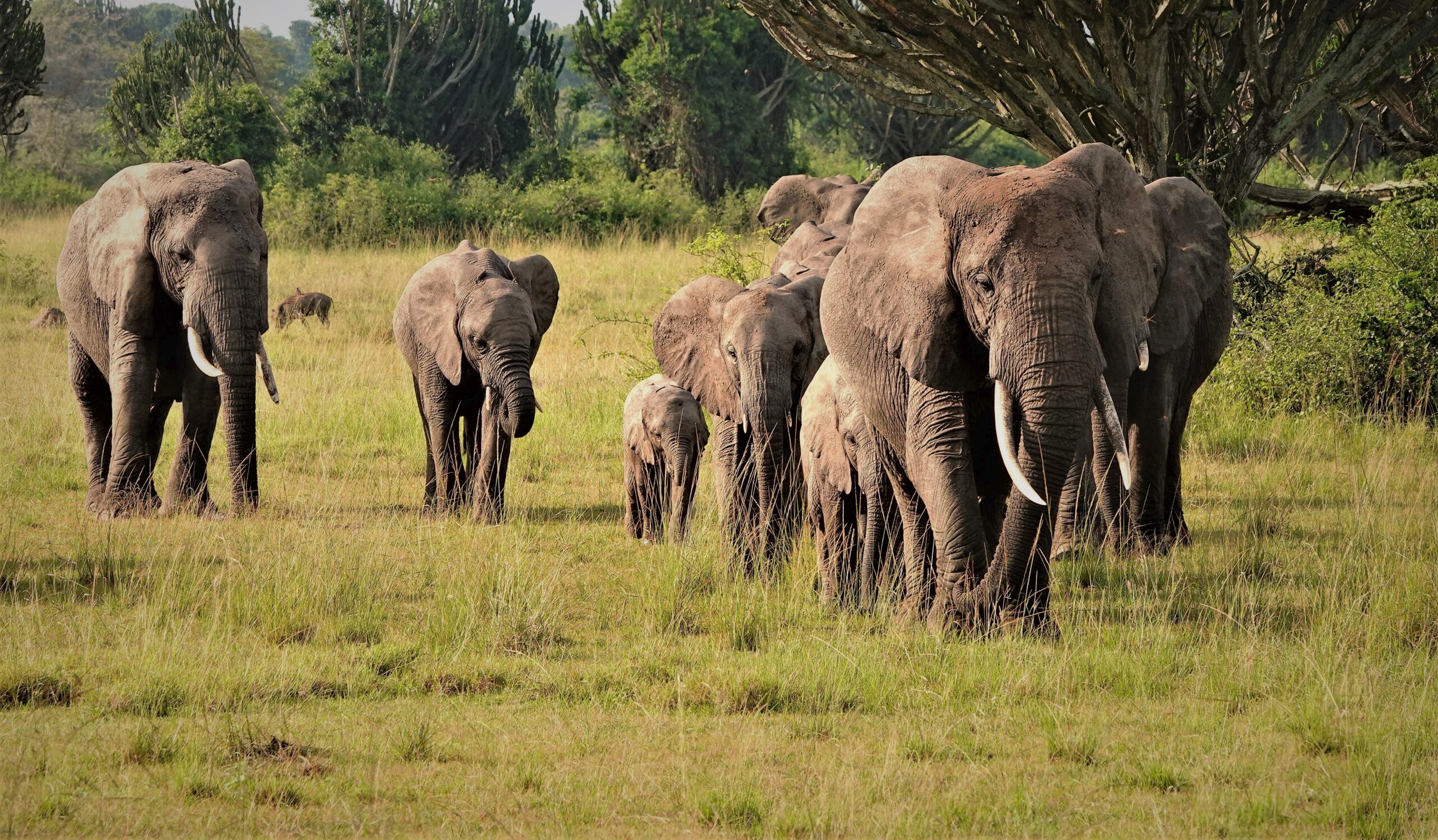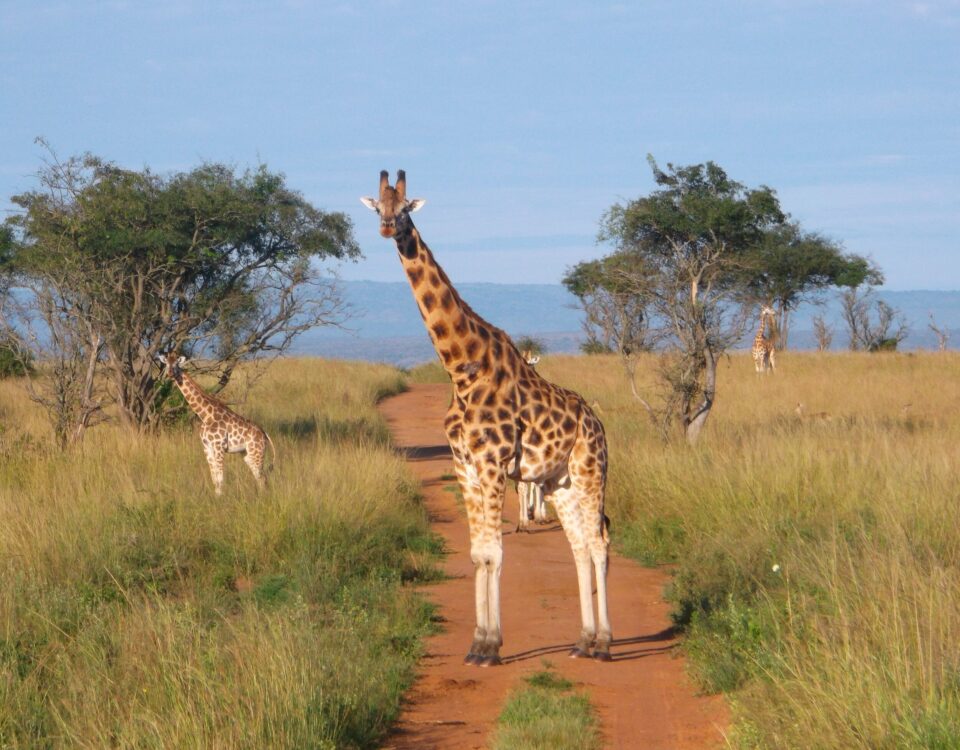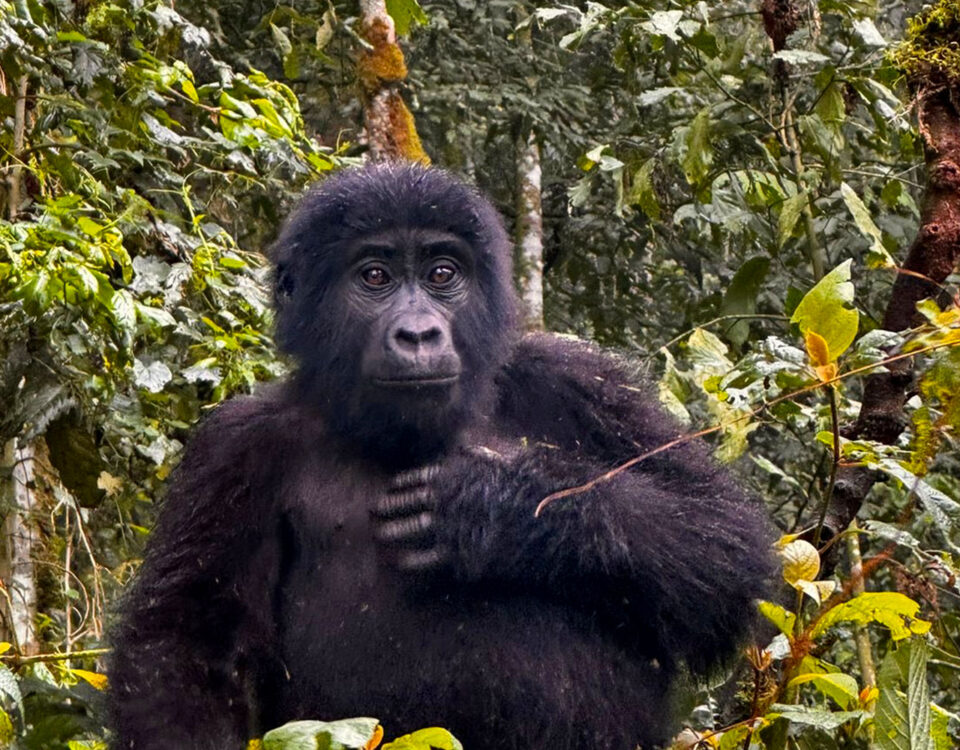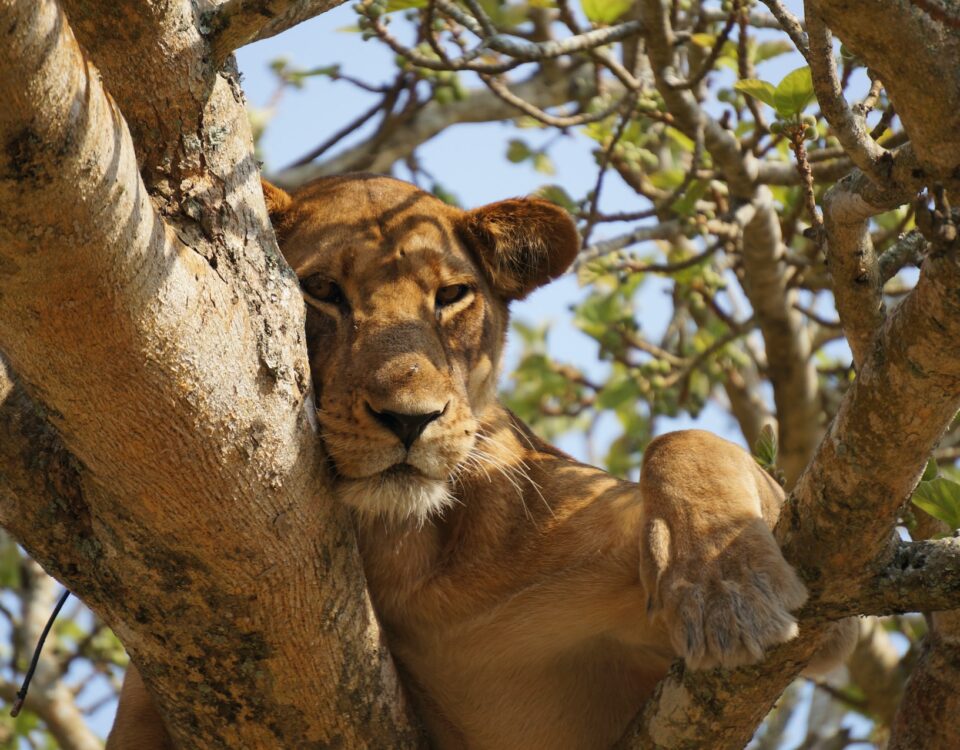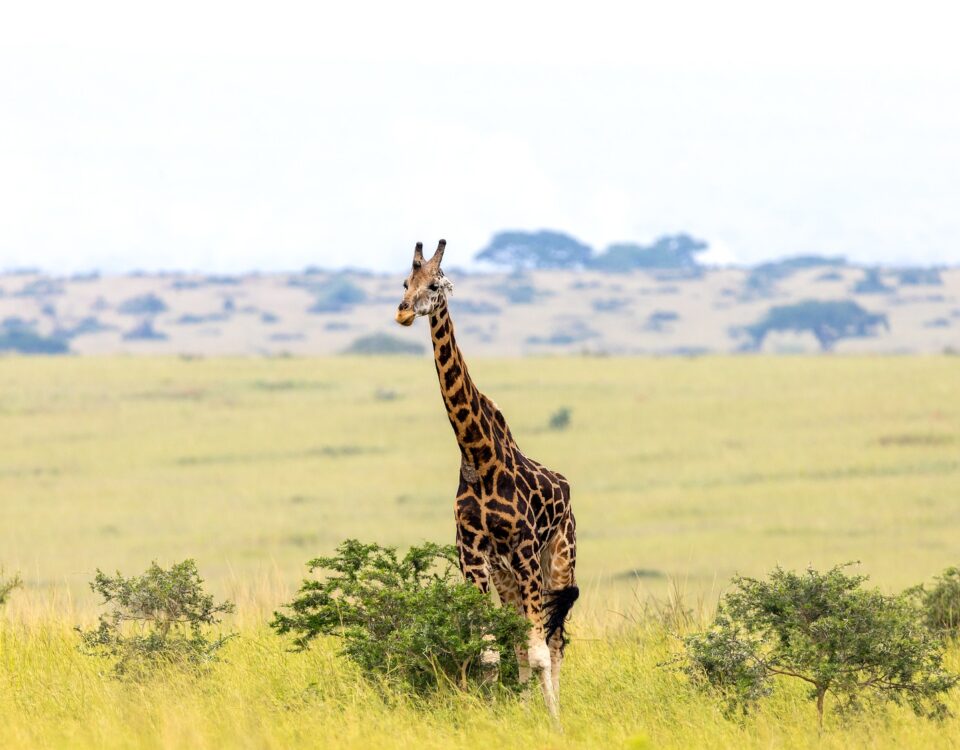Gishwati-Mukura National Park: A Beacon of Restoration and Biodiversity in Rwanda
Gishwati-Mukura National Park, located in western Rwanda, is a shining example of how conservation efforts can breathe new life into endangered ecosystems. Officially established in 2015, this park is a product of extensive restoration efforts aimed at protecting biodiversity and fostering sustainable tourism. Covering an area of approximately 34 square kilometers, Gishwati-Mukura National Park may be Rwanda’s smallest national park, but it is undeniably rich in flora, fauna, and cultural significance. This comprehensive guide by Africa Gorilla Wild explores the history, biodiversity, attractions, and conservation efforts within this unique park.
The History of Gishwati-Mukura National Park
Gishwati-Mukura National Park’s history is a testament to Rwanda’s commitment to environmental restoration. Decades of deforestation, agricultural expansion, and human settlement had drastically reduced the once-vast forests of Gishwati and Mukura to a fraction of their original size. The loss of biodiversity was alarming, with many species pushed to the brink of extinction.
Recognizing the need for urgent intervention, the Rwandan government partnered with international conservation organizations to restore these degraded forests. In 2015, the Gishwati and Mukura forests were merged to form Gishwati-Mukura NP . This initiative marked a significant milestone in Rwanda’s conservation journey and set the stage for the park’s revival as a thriving ecosystem.
Biodiversity in Gishwati-Mukura National Park
Despite its small size, Gishwati-Mukura NP boasts an impressive array of biodiversity. The park’s unique location along the Albertine Rift makes it a biodiversity hotspot, hosting several endemic and endangered species.
Flora
The park is characterized by lush montane forests, bamboo groves, and grasslands. Over 60 species of trees have been recorded, including indigenous species like the African mahogany and East African camphorwood. The reforestation efforts have been instrumental in restoring native vegetation, which provides critical habitats for wildlife.
Fauna
Gishwati-Mukura NP is home to a variety of animal species, including primates, mammals, and birds. The park’s primate population includes chimpanzees, golden monkeys, blue monkeys, and L’Hoest’s monkeys. The presence of these primates underscores the park’s importance as a conservation area for endangered species.
In addition to primates, the park supports a range of mammals such as servals, duikers, and bush pigs. Birdwatchers are also in for a treat, as the park hosts over 230 bird species, including the Albertine owlet and Rwenzori turaco.
Activities and Attractions in Gishwati-Mukura National Park
Gishwati-Mukura National Park offers a range of activities that allow visitors to immerse themselves in its natural beauty and experience its unique biodiversity.
Primate Tracking
Primate tracking is one of the most popular activities in Gishwati-Mukura National Park. Guided treks take visitors into the forest to observe chimpanzees and other primates in their natural habitat. This experience not only provides an up-close encounter with wildlife but also supports conservation efforts through eco-tourism.
Birdwatching
With over 230 bird species recorded, Gishwati-Mukura NP is a haven for bird enthusiasts. Notable species include the mountain yellow warbler, stripe-breasted tit, and Rwenzori batis. Birdwatching tours are led by experienced guides who help visitors identify rare and endemic species.
Nature Walks and Hiking
The park’s network of trails offers opportunities for nature walks and hiking. These guided walks allow visitors to explore the park’s diverse landscapes, from dense forests to open grasslands. Along the way, visitors can learn about the park’s flora and fauna, as well as its conservation history.
Cultural Experiences
Gishwati-Mukura National Park is surrounded by vibrant local communities that offer cultural experiences to visitors. Traditional dances, crafts, and storytelling provide insights into the customs and traditions of the area. Engaging with the local communities also supports their livelihoods and strengthens the connection between conservation and culture.
Conservation Efforts in Gishwati-Mukura National Park
Gishwati-Mukura NP stands as a beacon of hope for environmental restoration. Several conservation initiatives have been implemented to protect the park’s ecosystems and promote sustainable tourism.
Reforestation Programs
One of the key aspects of the park’s restoration has been reforestation. Thousands of indigenous trees have been planted to restore degraded areas and create habitats for wildlife. These efforts have not only enhanced biodiversity but also mitigated soil erosion and improved water quality.
Anti-Poaching Measures
To combat illegal activities such as poaching and logging, the park has established a dedicated ranger team. Regular patrols and community education programs have significantly reduced threats to wildlife and forest resources.
Community Involvement
Local communities play a pivotal role in the park’s conservation. Revenue-sharing programs and eco-tourism initiatives provide economic benefits to residents, fostering a sense of ownership and pride in protecting the park.
Research and Monitoring
Gishwati-Mukura National Park serves as a hub for scientific research. Ongoing studies monitor wildlife populations, forest regeneration, and ecosystem health. These findings inform conservation strategies and ensure the park’s long-term sustainability.
Practical Information for Visitors
How to Get There
Gishwati-Mukura National Park is located approximately 150 kilometers from Kigali, Rwanda’s capital. The journey by road takes about 3-4 hours and offers scenic views of the countryside. Private transfers and guided tours can be arranged for convenience.
Accommodation
While accommodation options within the park are limited, nearby towns such as Rubavu and Karongi offer a range of lodges and guesthouses. Plans for eco-lodges within the park are underway to enhance the visitor experience.
Best Time to Visit
The best time to visit Gishwati-Mukura NP is during the dry seasons, from June to September and December to February. These months provide favorable conditions for trekking and wildlife viewing. However, the park’s lush forests ensure a rewarding experience year-round.
Why Visit Gishwati-Mukura National Park?
Gishwati-Mukura National Park is a testament to the resilience of nature and the power of conservation. Its unique landscapes, diverse wildlife, and cultural experiences make it a must-visit destination for travelers seeking adventure and connection with nature.
In conclusion, Gishwati-Mukura NP represents Rwanda’s commitment to restoring its natural heritage and promoting sustainable development. Plan your visit with Africa Gorilla Wild and discover the wonders of this remarkable park.


